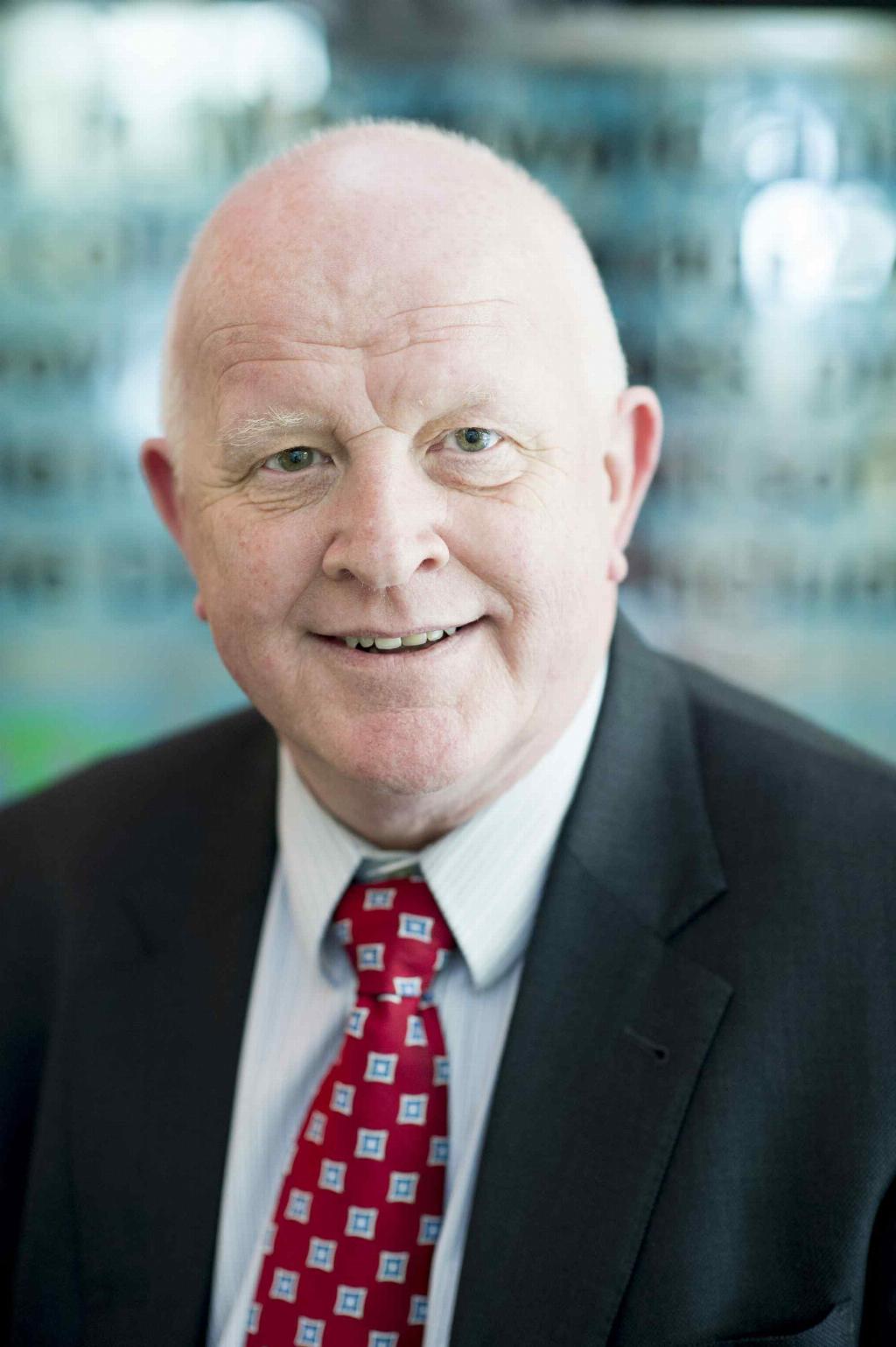A powerhouse for innovation

An R&D facility within WMG at the University of Warwick is helping industry develop better lightweight composites for the automotive industry.
An R&D facility within WMG at the University of Warwick is helping industry develop better lightweight composites for the automotive industry.
The Automotive Composites Research Centre (ACRC) is a dedicated facility within the International Manufacturing Centre at WMG, with a remit to transition new technologies from the laboratory to industry, and develop and prove out high volume production methods for both thermoset and thermoplastic composite components on an industrial scale.
The ACRC plays an integral part in projects with companies including Jaguar Land Rover, Ford and Aston Martin, and their supply chains.
Professor Ken Kendall, director of the ACRC and an expert in lightweight materials used for the automotive industry, says: “We work with industry to develop high volume composites manufacturing processes for automotive components, linking together technology and applied research to address the challenges the automotive industry faces in providing lighter vehicles with lower emissions.”

Professor Kendall explains: “The key to high volume manufacture is automation and fast cycle times, and our facilities have been developed to meet these targets. As we cater for a variety of processes and products, our facilities need to be flexible to adapt to different project needs.”
The ACRC currently houses a 2D CNC cutting table with a conveyorised bed. Stationary, roller, oscillating and ultrasonic cutting knives are available and nesting software can be used to reduce material wastage. A robotic cell assembles and joins plies in the correct sequence and is also being used to develop end effector and joining technologies. In the dedicated preforming cell, pre-assembled dry or prepreg fabric sheets are held in adjustable grippers for transition from the loading station, through the heating station to the forming station. The forming tools will be mounted in a 150-tonne press and are designed with integral clamping. Researchers use a large multifunctional press to investigate component manufacturing processes. It has a high-pressure resin injection system for liquid moulding processes, and has recently been equipped with its own material preheating station with materials handling system to improve processing of thermoplastic composite materials.
Professor Kendall adds: “We work with our industry partners to find the best materials and process solutions for their projects. We are neutral ground, with first class equipment, where companies can come to share and develop ideas. Our technical expertise encompasses a full range of materials and joining disciplines, and our flexible facilities can be adapted to individual project requirements, enabling the development and testing of new technologies and production methods. The beauty of being part of WMG at the University of Warwick is we have the full range of standard testing facilities with the added advantage of specialist equipment on hand in neighbouring science departments for any extraordinary requirements.”









